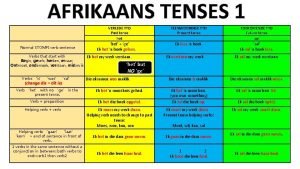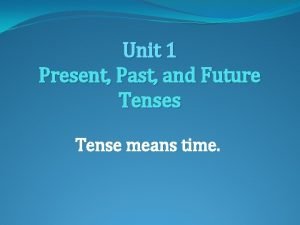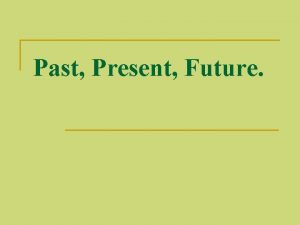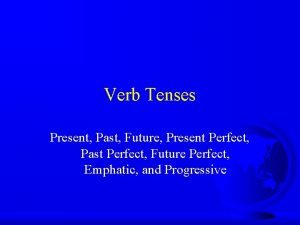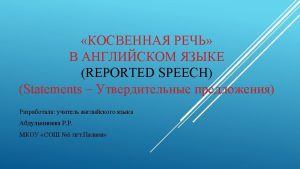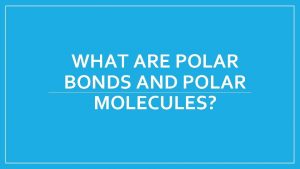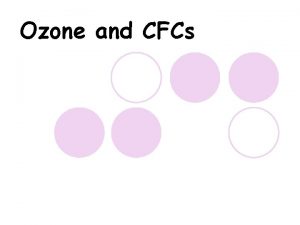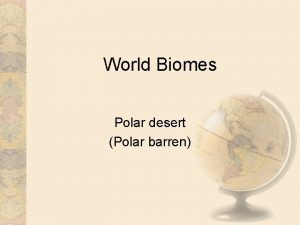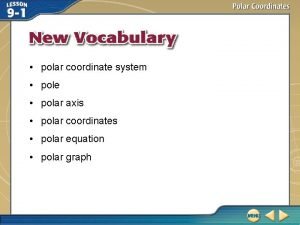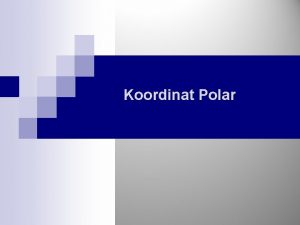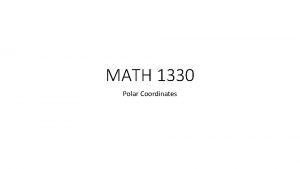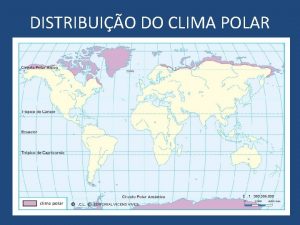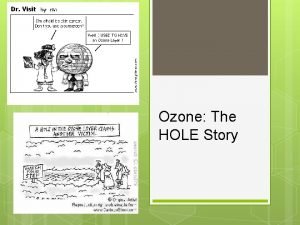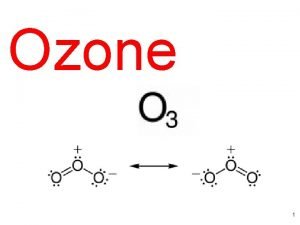Polar Ozone Past Present and Future Dr Paul


















- Slides: 18

Polar Ozone: Past, Present and Future Dr. Paul A. Newman http: //code 613 -3. gsfc. nasa. gov/People/Newman/ NASA’s Goddard Space Flight Center Polar Gateways Conference January 25, 2008 1

Outline • • Ozone hole theory Antarctic losses Arctic losses Future of ozone in the polar region • Summary 2

Large polar ozone losses result from chlorine and bromine compounds that are mainly human produced 3

Atmospheric Chlorine Trends from NOAA/ERL - Climate Monitoring Division 102 years CFC-12 CFC-11 50 years U. S. CFC production stopped by President George Bush in 1992 CH 3 CCl 3 CCl 4 Montreal Protocol Signed (1987) CFC-113 42 years 85 years Updated Figure made by Dr. James Elkins from Trends of the Commonly Used Halons Below Published by Butler et al. [1998], All CFC-113 from Steve Montzka (flasks by GC/MS), and recent updates of all other gases from Geoff Dutton (in situ GC). 4

Source Gases • Cl is much more abundant than Br, but … • Br is about 60 times more effective at O 3 destruction From Ozone FAQ - see http: //www. unep. org/ozone/faq. shtml 5

Polar Stratospheric Clouds Central, Sweden January 14, 2003 - P. Newman 7

Antarctic ozone hole theory Solomon et al. (1986), Wofsy and Mc. Elroy (1986), and Crutzen and Arnold (1986) suggest reactions on cloud particle surfaces as mechanism for activating Chlorine HCl Cl. ONO 2 Cl 2 HNO 3 Cl 2 is easily photolyzed by UV & blue/green light HNO 3 is sequestered on PSC 8

Polar Ozone Destruction 1. O 3 + Cl Cl. O + O 2 3. Cl. OOCl+h 2 Cl+O 2 2 O 3 3 O 2 2. 2 Cl. O + M Cl. OOCl + M Only visible light (blue/green) needed for photolyzing Cl. OOCl No oxygen atoms required Net: 2 O 3 + h 3 O 2 9

Digression: Dobson Units • Total Ozone is a measure of the total column amount above us. Measured in Dobson Units • If we bring all of the ozone above us down to the Earth’s surface • The thickness would be about 3 millimeters (~0. 1 inches) = 300 Dobson Units (approximately the global average) • 100 Dobson Units = 1 millimeter in thickness 2¢ 10¢ 3 mm = 300 Dobson Units * The Dobson Unit is a convenient unit of measurement for total column ozone 10

October Antarctic Ozone pre-1985 11

October Antarctic Ozone 12

TOMS - August 31, 2003 Orange/Yellow indicates higher ozone levels. Dark color over pole shows the extent of polar night, no ozone observations Antarctic ozone hole is defined as the region covered by low ozone values Blue colors indicate low ozone values 13

Ozone Hole Area 11. 6 N. America 7. 7 3. 9 03/04/2002 14

Arctic & Antarctic Trends 15

March Average total ozone 16

Ozone future Projected area of the ozone hole 17

Summary • Stratospheric ozone is a critical gas for screening solar UV radiation. • Human produced ozone destroying substances (ODS) have caused large losses of polar ozone over both poles • ODSs have been regulated under international agreements and are slowly decreasing. Ozone levels should recover within the next 50 -70 years. • Climate change remains a big unknown for ozone recovery 18

END Jan. 10, 2003 - local noon, Kiruna, Sweden 19
 Future simple vs present continuous
Future simple vs present continuous Past simple future
Past simple future Present simple past simple future simple present continuous
Present simple past simple future simple present continuous Present simple past simple future simple
Present simple past simple future simple Exercise future continuous and future perfect
Exercise future continuous and future perfect Future perfect future continuous future perfect continuous
Future perfect future continuous future perfect continuous Covalent bond
Covalent bond Amino acid r groups
Amino acid r groups Polar and non polar dielectrics
Polar and non polar dielectrics Past simple past continuous or past perfect
Past simple past continuous or past perfect 10 ejemplos fuerzas de van der waals ejemplos
10 ejemplos fuerzas de van der waals ejemplos Attractions
Attractions Enlace dativo
Enlace dativo Present continuous past continuous future continuous
Present continuous past continuous future continuous Form of future tense
Form of future tense![[cmopeed] [cmopeed]](data:image/svg+xml,%3Csvg%20xmlns=%22http://www.w3.org/2000/svg%22%20viewBox=%220%200%20200%20200%22%3E%3C/svg%3E) [cmopeed]
[cmopeed] Examples of present tense in afrikaans
Examples of present tense in afrikaans Unit 1 present forms
Unit 1 present forms Celebrar preterite
Celebrar preterite






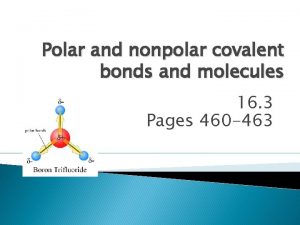
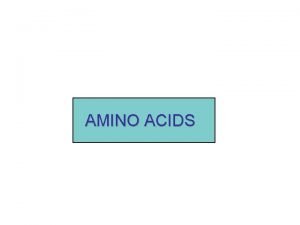
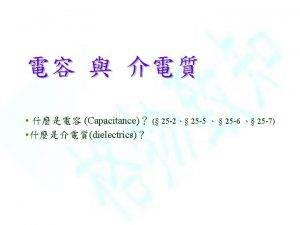

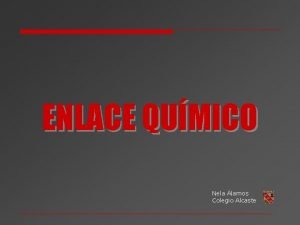
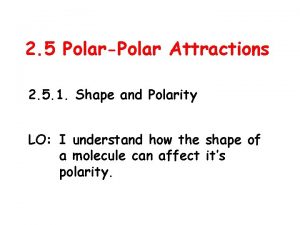
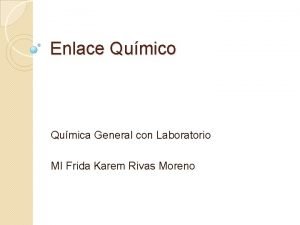

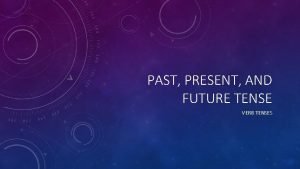
![[cmopeed] [cmopeed]](https://slidetodoc.com/wp-content/uploads/2020/11/1824741_49833cec68ae151f6a8196a06ace6f42-300x225.jpg)
